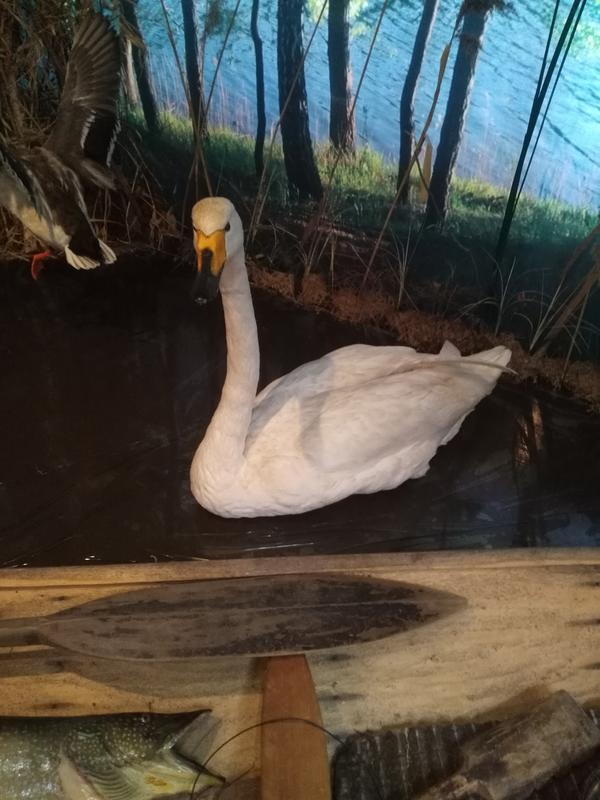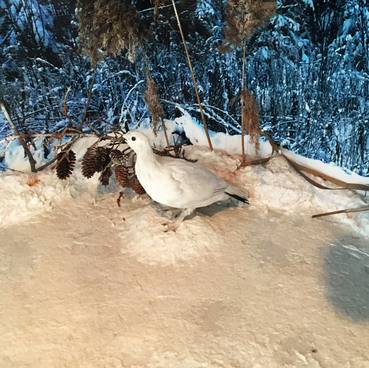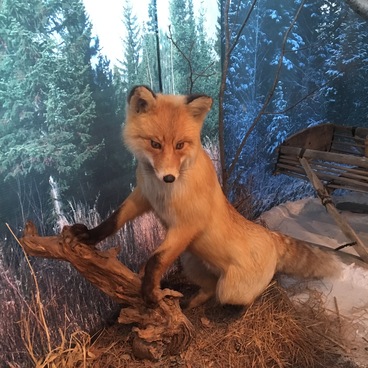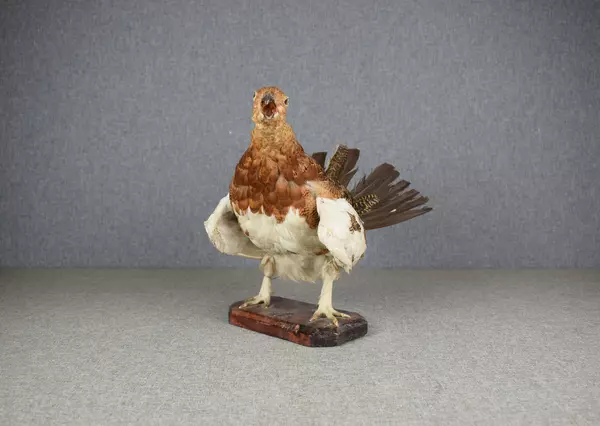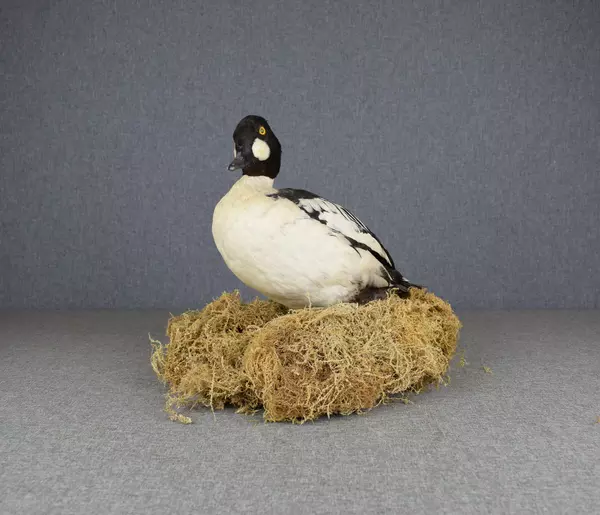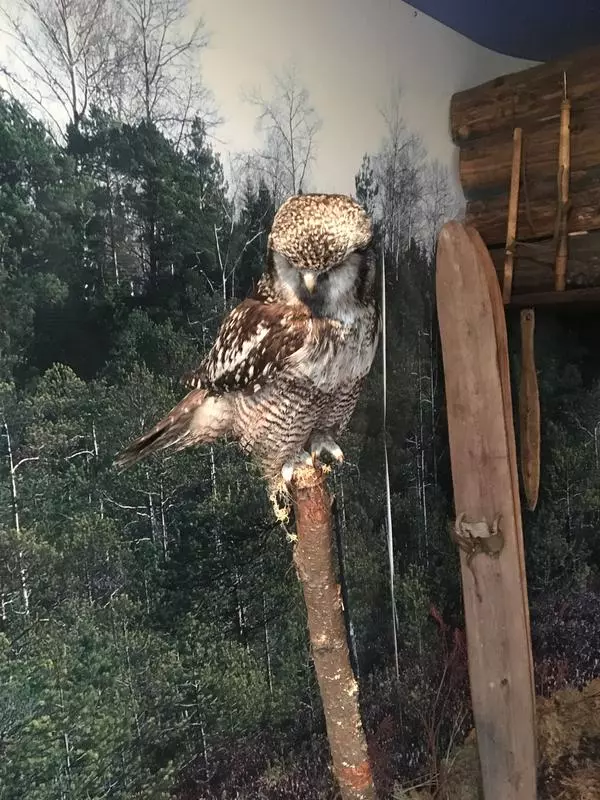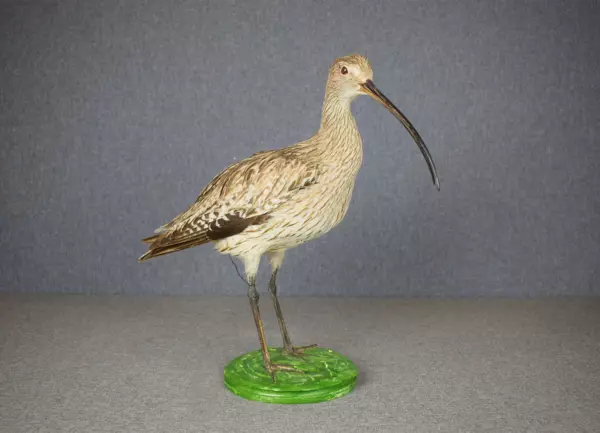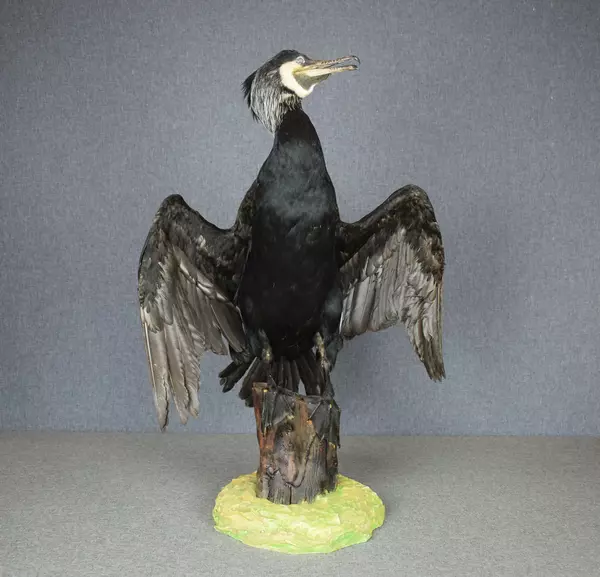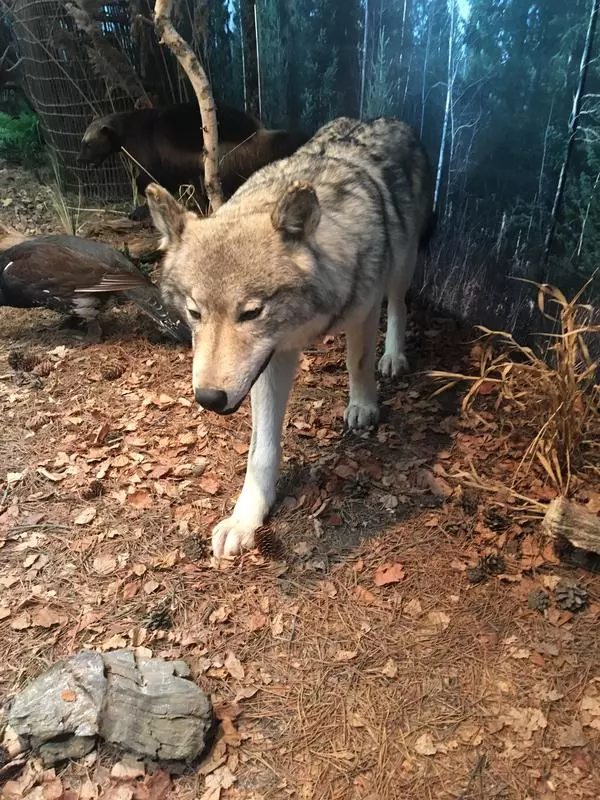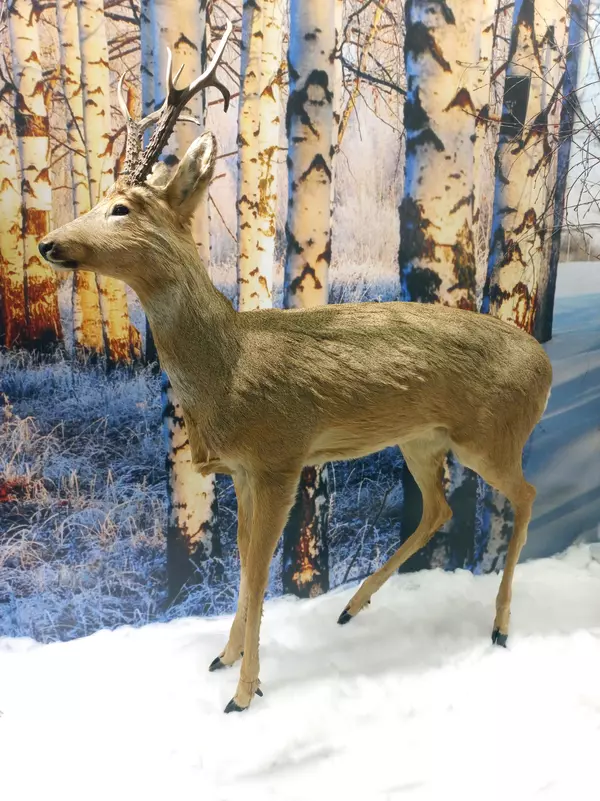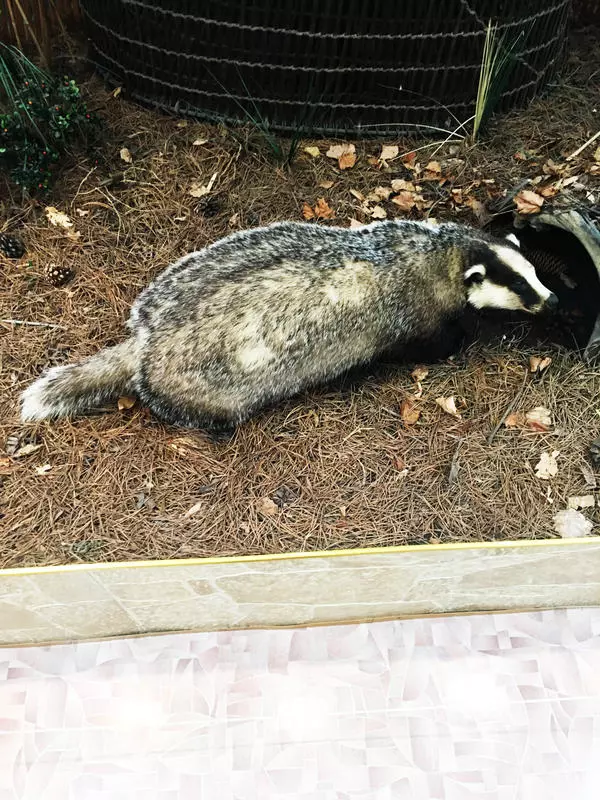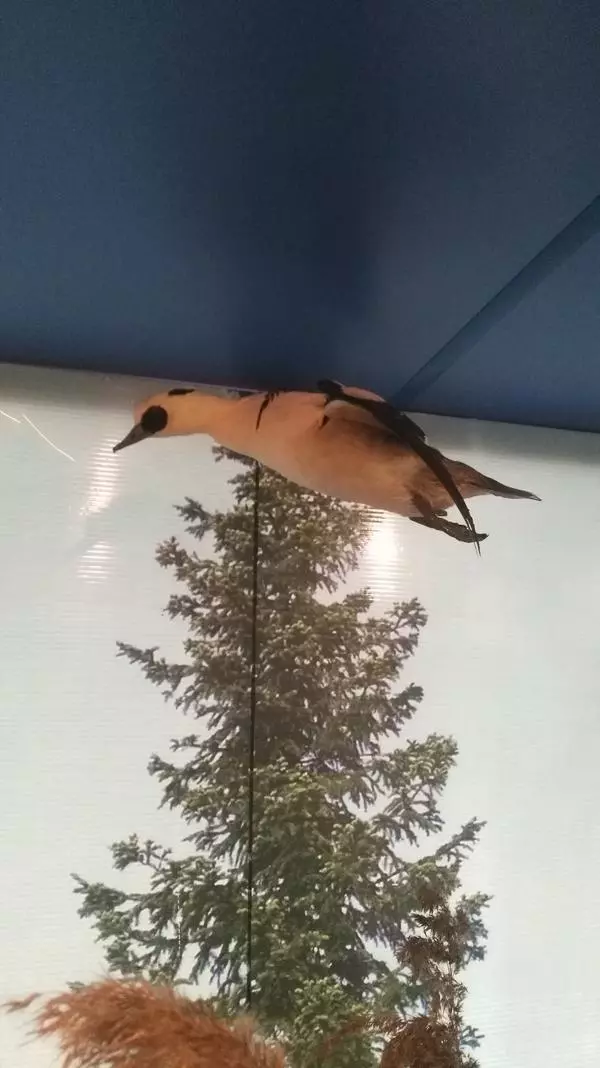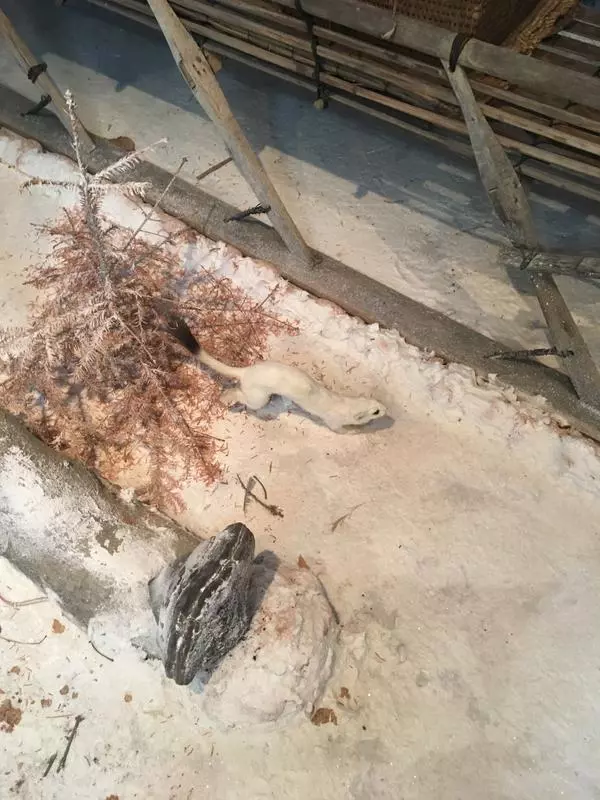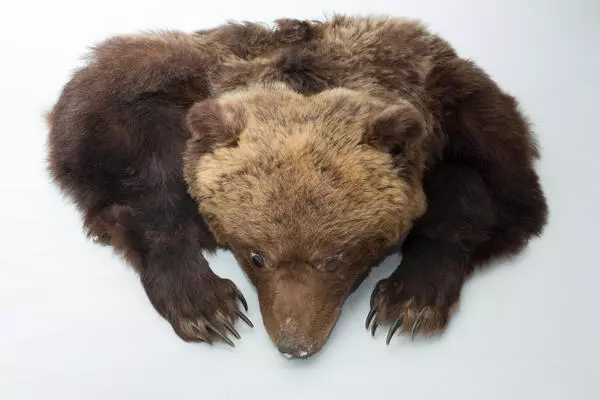The whooper swan (Cygnus cygnus) is a large bird of the Anatidae family. An adult can weigh up to 14 kilograms and its wingspan can be as big as almost two and a half meters. The swan got its name after its loud ‘whoop-whoop’ call sounding like a trumpet that often can be heard in flight.
Whooper swans feed on the food found in ponds: Diving for it, they get aquatic plants, small fish, crustaceous and molluscs. When on the ground, they eat grass and cereals, pick up seeds, berries, insects and worms.
The swan is a migratory bird. Its nesting places can be found in the northern part of Eurasia, from Scotland and Scandinavia to Sakhalin and Chukotka. In addition, this species can be found in Mongolia and northern Japan. Birds migrate in small groups and pairs that are formed in adolescence. They pair for life and it is only after one of the mates dies, the widowed swan will seek a new partner.
Whooper swans will build a nest anywhere close to water: If possible, shores of large lakes covered with dense vegetation. Sometimes, they settle on the seashore, where there is cane thicket. If birds are not disturbed, they can settle down close to human dwellings. Swans are very attached to their nests, and they can return to them year after year.
The birds glide majestically across the water — floating slowly, they never seem to be in a hurry. But if one should try to catch up with them, whooper swans immediately demonstrate that they are able to move rapidly. Swans are generally very shy and wary, they try to keep away from the shore.
As it is quite heavy, the whooper swan has to run on water to gather enough momentum to take flight. These birds rarely walk on the ground, only if necessary. It is much easier for them to keep their body on the water surface or in flight. During migrations, they first gather into small groups of several individuals. Solitary birds and, afterwards, flocks fly high in the sky, day and night.
Whooper swans feed on the food found in ponds: Diving for it, they get aquatic plants, small fish, crustaceous and molluscs. When on the ground, they eat grass and cereals, pick up seeds, berries, insects and worms.
The swan is a migratory bird. Its nesting places can be found in the northern part of Eurasia, from Scotland and Scandinavia to Sakhalin and Chukotka. In addition, this species can be found in Mongolia and northern Japan. Birds migrate in small groups and pairs that are formed in adolescence. They pair for life and it is only after one of the mates dies, the widowed swan will seek a new partner.
Whooper swans will build a nest anywhere close to water: If possible, shores of large lakes covered with dense vegetation. Sometimes, they settle on the seashore, where there is cane thicket. If birds are not disturbed, they can settle down close to human dwellings. Swans are very attached to their nests, and they can return to them year after year.
The birds glide majestically across the water — floating slowly, they never seem to be in a hurry. But if one should try to catch up with them, whooper swans immediately demonstrate that they are able to move rapidly. Swans are generally very shy and wary, they try to keep away from the shore.
As it is quite heavy, the whooper swan has to run on water to gather enough momentum to take flight. These birds rarely walk on the ground, only if necessary. It is much easier for them to keep their body on the water surface or in flight. During migrations, they first gather into small groups of several individuals. Solitary birds and, afterwards, flocks fly high in the sky, day and night.

